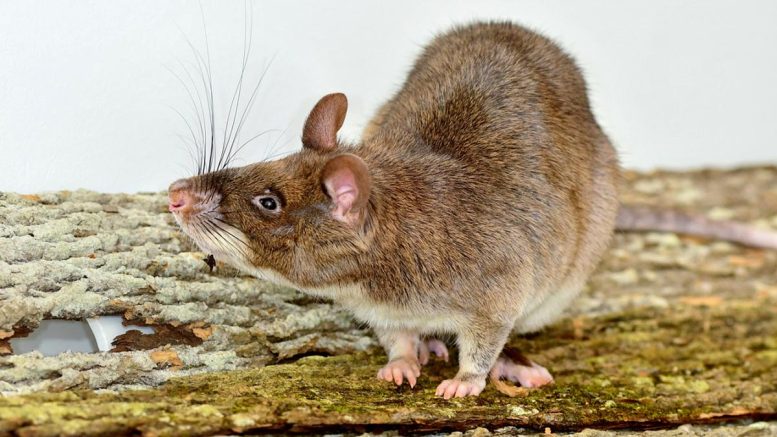
Giant African pouched rat. Credit: Cornell University
Female giant African pouched rats, used for sniffing out landmines and detecting tuberculosis, can undergo astounding reproductive organ transformations, according to a new study.
Unlike most female mammals whose vaginal entrance opens before or during puberty and remains that way for the rest of their lives, this rodent’s vaginal entrance remains sealed well into adulthood. It also has the ability to open or close back up multiple times during a lifetime, even after giving birth.
The paper, “Extreme Plasticity of Reproductive State in a Female Rodent,” which was published on March 27 in the journal Current Biology, explores how traits once considered “fixed” in adult animals may become variable under specific pressures.
Though these rodents could have important military, biodetection and humanitarian uses, breeding them at high rates has been a challenge. The study’s findings are a step toward understanding their reproductive biology, and possibly breeding them more effectively – and may even have broader implications for other mammals struggling to reproduce, including humans.
“The more we start to understand the full scope of the reproductive process, the more we can start to get insight into those sorts of questions,” said Alex Ophir, associate professor of psychology in the College of Arts and Sciences and the study’s senior author. “The more examples of other mammals we get, the better, and these weird examples can sometimes reveal a lot about women’s health and reproductive health.”
While other species are known to undergo reproductive suppression – such as animals who only mate in certain seasons – most do this hormonally rather than closing off their genitals as giant African pouched rats do. More study is needed to understand why these rodents possess this unusual trait.
One hypothesis is that “dominant” female pouched rats might be sending suppression signals to other females through pheromones, or scents in their urine, that cause them to close up.
“You could interpret it as manipulation by one female to get other females to stop reproducing, and in effect, they’ll often in these cases, start to contribute to the care of the dominant reproducing female,” Ophir said.
Another theory could be tied to resource competition, where too many offspring in a population limits available food resources, and reducing the number of babies born to others could mean more resources for one’s own babies, Ophir said.
When an opened (patent) female pouched rat in Ophir’s colony died of natural causes, about seven non-patent females all developed vaginal patency within a very short time. This event further supported the idea for him that changes in social environment might control patency transitions.
The researchers discovered that patent and non-patent females did not differ in body mass, body length or anogenital distance but did differ in vaginal-probe depth, nipple size, cervix and uterine widths. The compounds found in the urine and fecal matter of the two groups were also vastly different.
The Department of Defense took an interest in these animals partly because of the group APOPO, which train animals to rid the world of landmines and tuberculosis. Ophir, who worked at Oklahoma State University at the time, became part of a team to study this species around 2010.
In future work, Ophir plans to continue investigating how the animals’ extraordinary olfactory systems work and hopes to learn more about their unusual behaviors and anatomies.
“The fact that there is this naturally occurring ability to sort of change reproductive morphology and physiology suggests that things are probably a whole lot more plastic than we realize,” Ophir said. “If nothing else, it just provides another example that things aren’t as dogmatically simple as people think.”
Reference: “Extreme Plasticity of Reproductive State in a Female Rodent” by Angela R. Freeman, Danielle N. Lee, Jeremy J. Allen, Bryant Blank, Dean Jeffery, Assaf Lerer, Bhupinder Singh, Teresa Southard, Soon Hon Cheong and Alexander G. Ophir, 27 March 2023, Current Biology.
DOI: 10.1016/j.cub.2023.02.004
This study was funded by the Army Research Office.

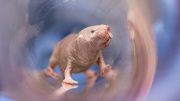

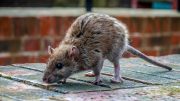
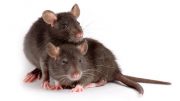
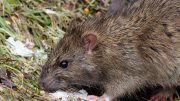


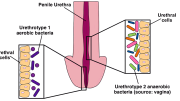
Thank you so much for sharing all this wonderful information It is so appreciated Thank you so much for sharing all this wonderful information It is so appreciated